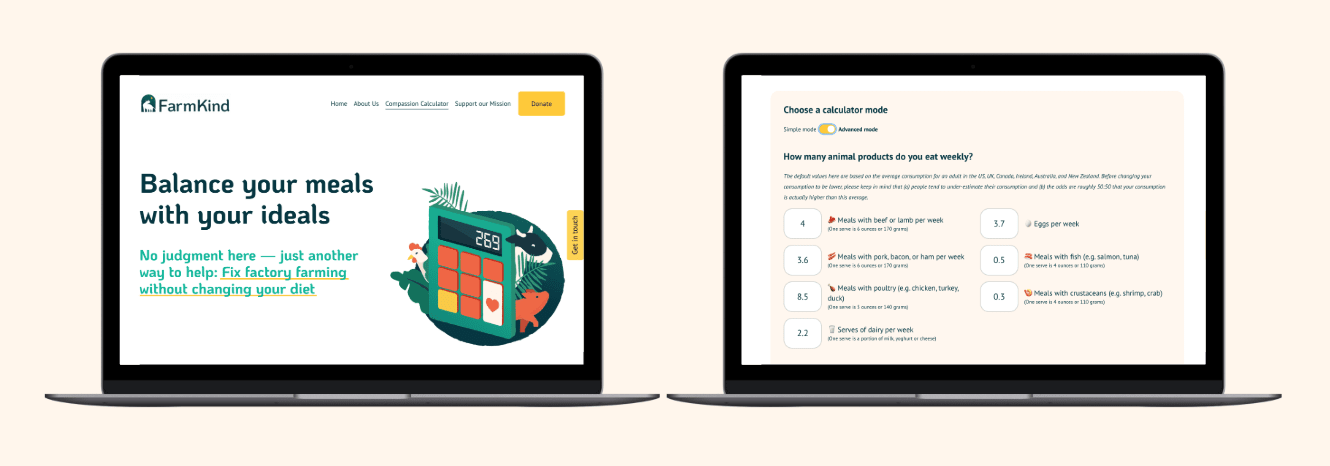I'm pleased to announce the results of the first ever Effective Altruism Local Group Organizers' Survey.
At the start of the year, .impact wanted to mirror the success of the EA Survey by surveying the rich variety of local groups that promote Effective Altruism in their area. One of the key aims was to get to know more about the audience that the Local Effective Altruism Network is trying to help out - what do they want, where are they succeeding, and in which areas can we support them?
After a few months of chasing groups up and cleaning up the results, we're ready to release the initial results!
See the results here (About 19 pages, mostly graphs)
Shortcomings
This survey is the most comprehensive data available on local groups, but it is lacking in several places.
- The most pressing problem is likely a selection bias, where the more enthusiastic groups are more likely to respond, giving us an overly optimistic view of how local groups are performing.
- Many of the questions asked were difficult to estimate; it’s also possible that groups were biased towards exaggerating their activity and membership.
- There was some uncertainty regarding particular questions. For instance, when asked how many occasional or regular participants groups had, some surveyees reported being unsure if they were being asked about how many participants they had at present, or how many participants they had had since the group began. Some groups were also unclear on what level of participation would make an attendee an ‘occasional’ or ‘regular’ participant, terms which unfortunately weren't defined.
- We will make every effort to clear up these discrepancies in future surveys. Unfortunately this sort of thing happens with a completely new survey!
Key Results
- 101 groups filled out the survey, out of approximately three to four hundred groups that are believed to exist.
- The top fraction of groups have a disproportionate amount of influence. For example, the top 30% of groups have more than double the number of regular participants than the bottom 70%. The fact that we’re likely to have preferentially not sampled smaller groups means that larger groups are probably even more disproportionately influential than shown here. This means that if it takes the same amount of effort to grow a group from medium-to-large size as from non-existent to small, then it’s worth focussing on growing medium sized groups.
- It is hard to judge the impact of groups. This wasn’t helped through questions that were unclear at times, but it’s clear that relying on memory and estimation does not work very well. Steps to improve this are ensuring that questions asked in the survey are as precise as possible, and that groups should keep records of numbers at events, as well as mini surveys they can send out to to work out how much impact they’ve had. I can’t imagine this would be too hard to sell - groups who are interested in EA should understand the value of using evidence to know how well their group is doing.
- The final point arises from the more qualitative answers, and is that groups often seem to die out due to lack of motivation, and lack of people’s time. Both factors can be addressed with extra support from EA organisations: on a personal level via Skype conversations to get people interested and motivated by EA; by creating ready-made template emails, and handling some admin remotely to cut down on the amount of time that the first founders have to put in to seed the group.


This is great, thanks to everyone involved in making it happen!
I argued that supporting EA groups is a major leverage channel for Giving Game sponsors in my recently published fundraising appeal, and I think these survey results bear that out in two big ways.
1) In response to the question "How likely is it that your group would use any of the following outreach resources?", more groups (42) said they were "very likely" to use "funding for Giving Games" than any of the other nine options.
2) Who guessed this survey would show more EA chapters reported running events connected with "TLYCS or Giving Games" (50, with GG accounting for ~48-50) than GWWC (44), Animal rights/welfare (45), 80k (33), or rationality and critical thinking (32)? Not me! I know better than anyone that a lot of groups run GG, but I was still pretty shocked by these survey results. The only type of event more people ran was global poverty (65)… and of course most GG involve global poverty so groups may be counting the same events in both categories.
For those who don't know, the Giving Game Project has <1 full time employee (~ half my time). And since we do plenty of stuff that doesn't even involve EA chapters, EAs seem to be putting very few resources into a model that represents a disproportionate amount of what EA groups actually do and want to do more of. So if anyone's looking for a good way to support EA groups, supporting Giving Games is a highly leveraged opportunity to do so (while also supporting great charities and teaching people about better giving). Did I mention that we just started a fundraising campaign?